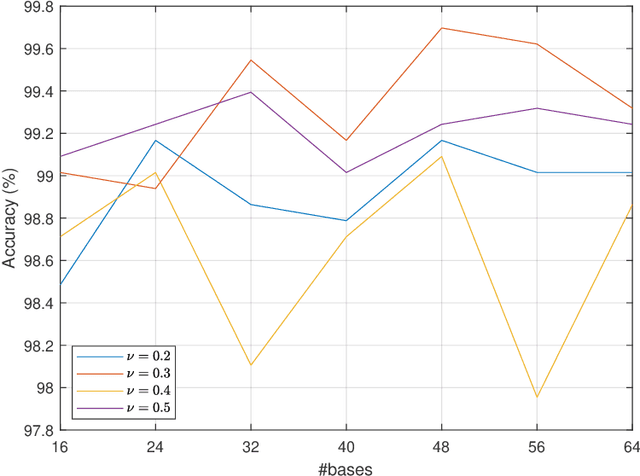Community-Level Anomaly Detection for Anti-Money Laundering
Paper and Code
Oct 24, 2019

Anomaly detection in networks often boils down to identifying an underlying graph structure on which the abnormal occurrence rests on. Financial fraud schemes are one such example, where more or less intricate schemes are employed in order to elude transaction security protocols. We investigate the problem of learning graph structure representations using adaptations of dictionary learning aimed at encoding connectivity patterns. In particular, we adapt dictionary learning strategies to the specificity of network topologies and propose new methods that impose Laplacian structure on the dictionaries themselves. In one adaption we focus on classifying topologies by working directly on the graph Laplacian and cast the learning problem to accommodate its 2D structure. We tackle the same problem by learning dictionaries which consist of vectorized atomic Laplacians, and provide a block coordinate descent scheme to solve the new dictionary learning formulation. Imposing Laplacian structure on the dictionaries is also proposed in an adaptation of the Single Block Orthogonal learning method. Results on synthetic graph datasets comprising different graph topologies confirm the potential of dictionaries to directly represent graph structure information.
 Add to Chrome
Add to Chrome Add to Firefox
Add to Firefox Add to Edge
Add to Edge